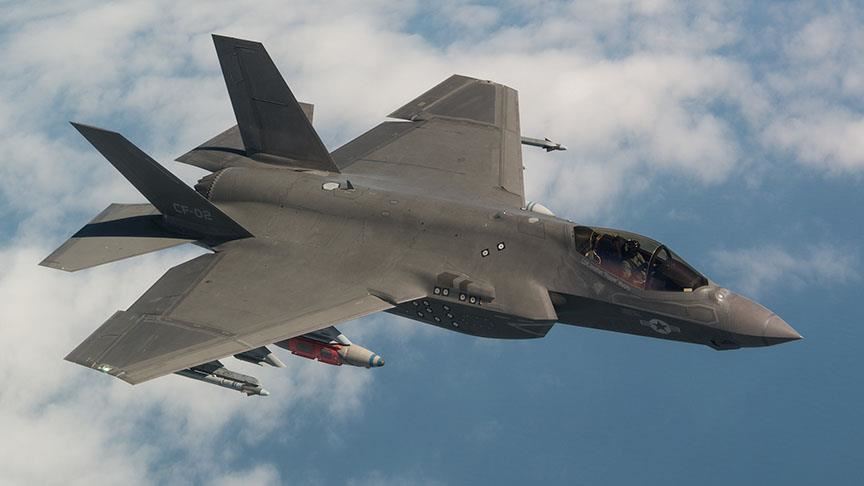In recent months, the F-35 has won in numerous international competitions, including in Europe. Whether in Switzerland, Finland, Canada or Germany, the Lockheed-Martin aircraft has systematically taken the upper hand. on its Western counterparts, such as the American Super Hornet, or the Rafale, Typhoon and European Gripen. Paradoxically, at the same time, the Pentagon has announced that it intends to reduce the number of F-35s that will be acquired by 2025, in a substantial way. Indeed, despite its undeniable commercial success, the device continues to face significant delays regarding the availability of the Block 4 version of the device, considered by the Pentagon as the first fully operational version, now postponed to 2029, as well as cumulative additional costs for the investments necessary for the development of this version.
Once again, it's the annual report of the Government Accountability Office, or GAO, which is sounding the alarm about this program, as it has done on several occasions since its launch. Indeed, according to this report, more thana third of the F-35s that will be produced will have been produced before the final Block 4 version is available, this entailing significant additional costs for customers who will have to quickly modernize their devices to reach this operational standard. This, combined with the increasingly significant effects of American and world inflation on the final price of the aircraft, but also the need to re-engine the aircraft, and the consecutive delivery times of the Covid crisis, but also many problems of qualities on the Lockheed-Martin Supply Chain, has led the US Air Force to significantly reduce its acquisitions for the next few years, reduced to 33 aircraft in 2023, and only 29 aircraft in 2024, compared to 48 in 2022.

For the US Air Force, but also to a lesser extent for the US Navy and the US Marines Corps, there is little point in equipping themselves with devices that are not in final version, even as these armies all face significant budgetary challenges, such as the acquisition of F-15EX for the US Air Force to strengthen its posture in the Pacific. In addition, since 2010 the Pentagon has absorbed a large part of the additional costs linked to the industrial launch of the program, and now intends to rely on other customers and users of the device to maintain the activity of the production chain. In other words, it is indisputably the export success of the F-35A and B which now allows the US Armies to slow down the pace of acquisitions, while waiting for 2029 and the final and fully operational version of the F-XNUMXA and B. aircraft, but also the arrival of the NGAD from the US Air Force and the F/A-XX from the US Navy…

75% of this article remains to read,
Subscribe to access it!
The Classic subscriptions provide access to
articles in their full version, and without advertising,
from 6,90 €.
Newsletter subscription
Register for the Meta-Defense Newsletter to receive the
latest fashion articles daily or weekly


[…] […]